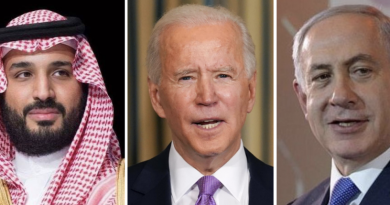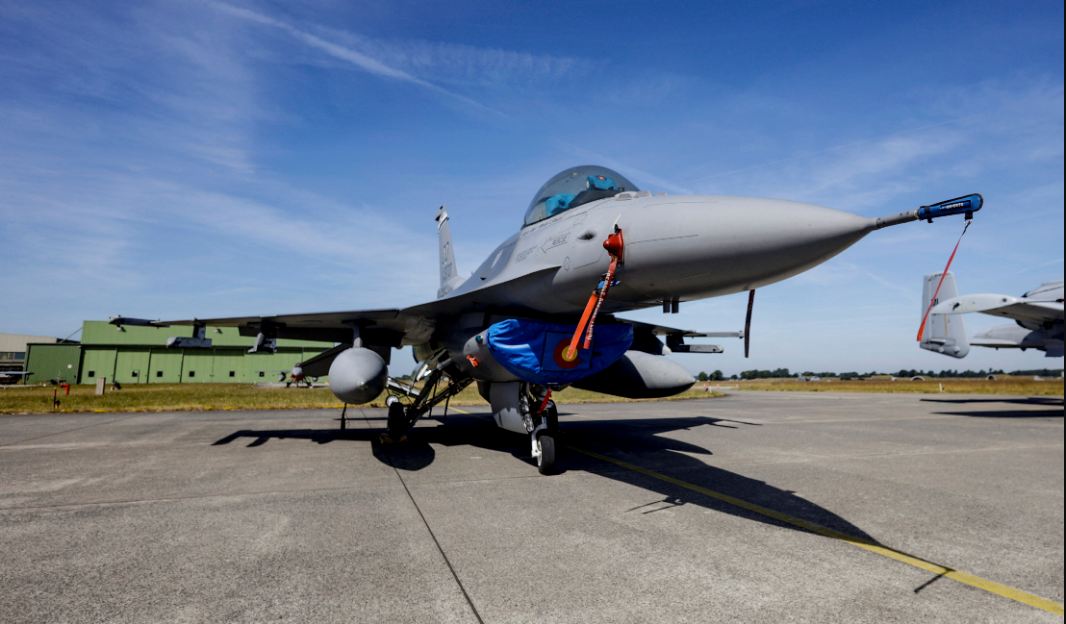Thousands still missing from 20 years of Iraq’s turmoil
Baghdad (AP) — Nawal Sweidan quietly folded her son’s clothes and straightened the bedsheets in his room as she always used to do when he was out at work or at university. She still does it regularly, even though he hasn’t been home for almost 10 years since he was taken away by militiamen.
Her son Safaa vanished in late July 2014. At around 1:30 a.m., just days before the holy month of Ramadan was to end and holiday celebrations were to begin, a group of men showed up at the family’s doorstep and asked for Safaa, a law student and postal carrier in his early 20s.
“They told us they just wanted to question him and will return him soon,” Sweidan said.
Twenty years after the 2003 U.S.-led invasion of Iraq, much of the conflict and sectarian bloodletting it unleashed has subsided. But those years left a legacy of thousands of people — or perhaps tens of thousands, like Safaa — who went missing, and their families feel forgotten as they seek answers about their loved ones’ fates. As it tries to turn the page on Iraq’s troubled past, the government has not established a commission to look into the missing — in part, rights workers say, because politicians are intertwined with armed groups involved in kidnappings and killings.
Sweidan’s hometown, Mahmoudiya, was repeatedly an epicenter of sectarian violence over the past two decades. Situated along the main road that Shiite pilgrims take to reach the holy city of Karbala, it is a mixed town of Sunnis and Shiites. Residents say they generally coexisted before the 2003 invasion that toppled dictator Saddam Hussein.
Post-2003, it became part of the notorious “Triangle of Death” as Sunni and Shiite extremist groups targeted each other’s communities with vicious killings and Sunni al-Qaida insurgents attacked American forces. Sweidan’s daughter was killed in 2004 by a roadside bomb that tore through the town’s marketplace.
Safaa disappeared amid another wave of sectarian reprisals and tit-for-tat kidnappings in 2014. At the time, the Islamic State group surged nearby and seized areas as close as 20 kilometers (12 miles) from Mahmoudiya, bringing a backlash from Shiite militias. Sweidan’s family are Sunnis, and while Sweidan would not comment on who took her son, one relative said she believes it was Shiite militiamen.
For years, Sweidan looked through prisons across several cities and spoke to officials and whoever might give her clues. Whenever news came of prisoners being released after doing time, Sweidan would rush to the prison to see if her son was among them.
“Everywhere I looked, he just wasn’t there,” she said, struggling to hold back her tears. “So I’ve sat quietly ever since and decided to leave it in God’s hands.”
Sweidan’s next-door neighbor, Nidal Ali, is Shiite and faces the same pain. Her son Ammar was kidnapped around the same time.
“They took him and said he will be back in five minutes,” Ali said, holding a portrait of her son close to her chest. She believes his abductors were Sunni extremists. “They took six people from our area. They were all young and poor.”
She, too, searched prisons and towns across the country and paid scammers who claimed they could get inside information about his whereabouts. Ammar was almost 40 when he was kidnapped, leaving behind his wife and five children. His youngest son, Mohammad, was a toddler at the time; now 11, he sat quietly next to his grandmother.
The International Committee of the Red Cross said it has received 43,293 cases of people who disappeared since 2003. Of those, more than 26,700 cases remain unresolved. That is far higher than the Iraqi government estimate of 16,000 Iraqis who have gone missing over the same period.
The ICRC numbers include more categories of missing and are likely more accurate than the government’s, said Raz Salayi, Iraq researcher at international human rights organization Amnesty International. Neither estimate includes the missing from conflicts prior to 2003, or those who disappeared into Saddam’s prisons.
The Geneva-based ICRC every year continues to receive requests from families asking for help in finding missing relatives. In 2022, it received almost 1,500 new requests.
“It probably is just the tip of the iceberg and doesn’t represent the real numbers of the missing,” said Sara al-Zawqari, a spokesperson at the ICRC’s Baghdad.
Iraqi families are not the only ones left without answers in a region where several countries have been torn apart by war and sectarian strife. The fate of over 17,000 missing during Lebanon’s 1975-1990 civil war remains unknown. The Lebanese government formed a national commission in 2020, under pressure as a growing number of relatives died without learning their loved ones’ fates. In Syria’s conflict, now in its 13th year, families of the disappeared are urging the United Nations to open an independent inquiry into as many as 100,000 missing people.
Salayi, the Amnesty researcher, said the Iraqi government’s lack of initiative towards the missing is unsurprising, given political parties’ links with militias accused of kidnappings and tit-for-tat violence over the years.
“How can a government that allows perpetrators of gross human rights violations to run for office hold itself accountable?” Salayi said. “There is no logic to it.”
An Iraqi Justice Ministry official, speaking on condition of anonymity because he was not authorized to speak to reporters, would say only that political tensions and sectarian sensitivities are obstacles for any state inquiry into the missing.
Sweidan, Ali and other relatives of those missing said their loved ones could be among the large numbers of people swept up in mass arrests carried out over the years in response to militant and sectarian violence. They hold out hope for answers if the government grants amnesty to those long held without charge or evidence, but the authorities have not been cooperative.
Mass graves are regularly found, but it can take years to identify remains, said al-Zawqari of the Red Cross. In a further complication, there are multiple eras of mass graves. Remains of people missing since the war with Iran in the 1980s continue to be discovered. “The more time passes, the more challenging the search becomes,” she said.
There haven’t been any leads about Safaa’s whereabouts, but Sweidan believes that he is alive and that it’s only a matter of time until they are reunited.
“Sometimes, when I am asleep, I hear his voice saying ‘Mama’, and I wake up.”



